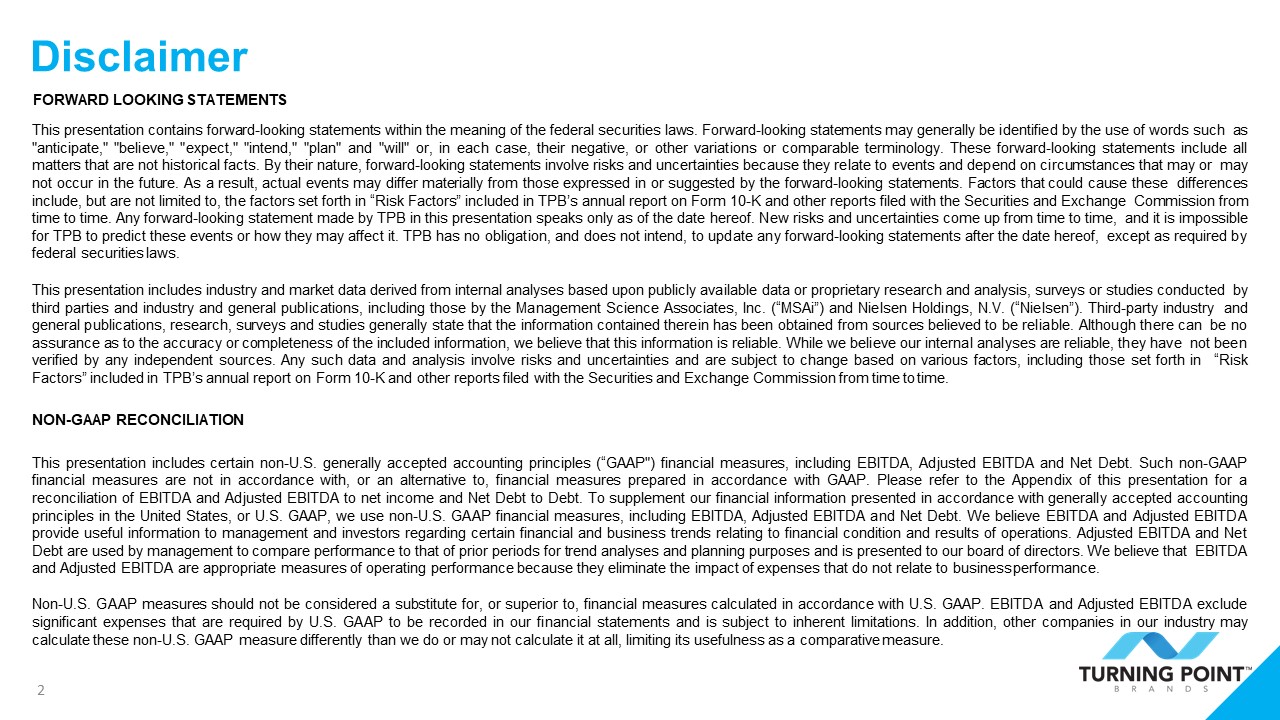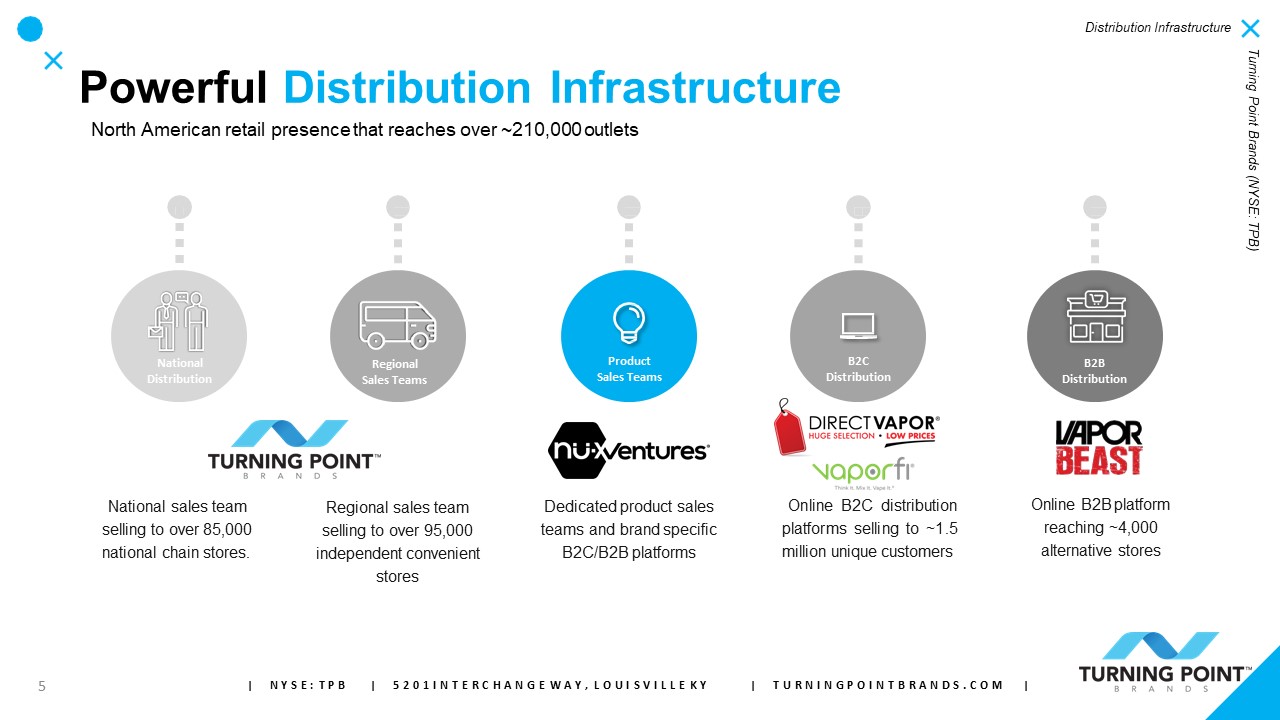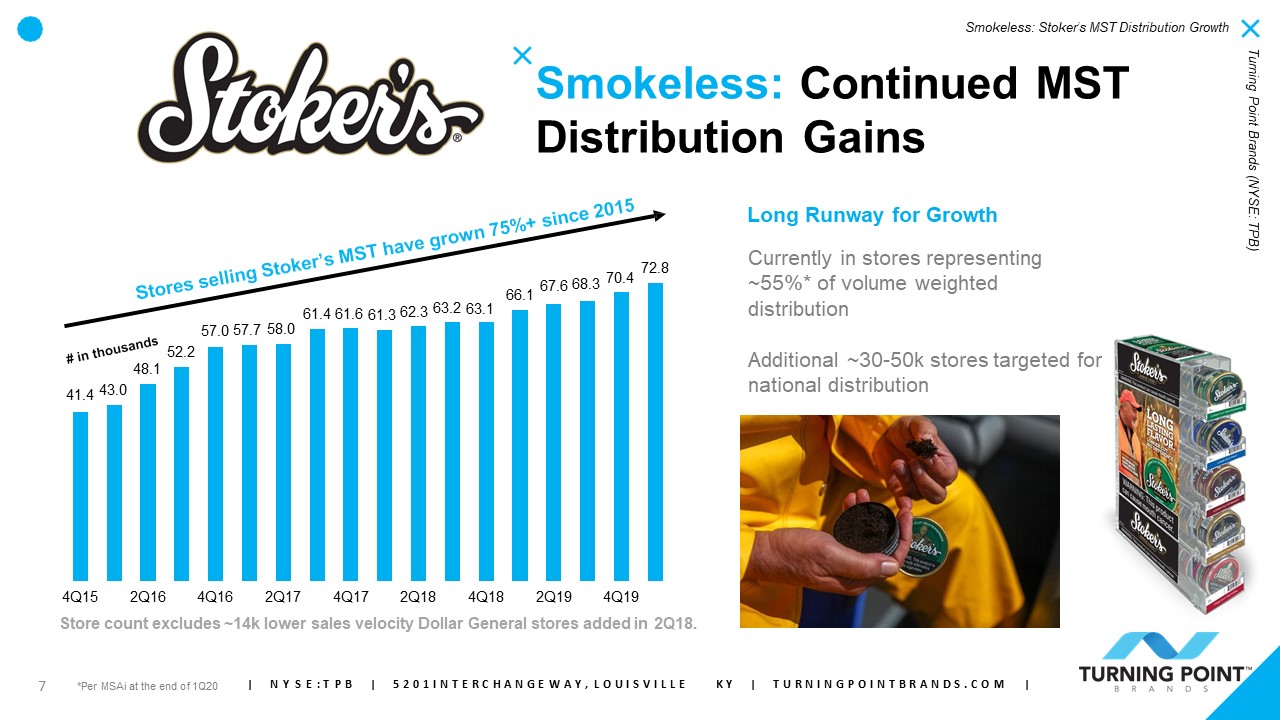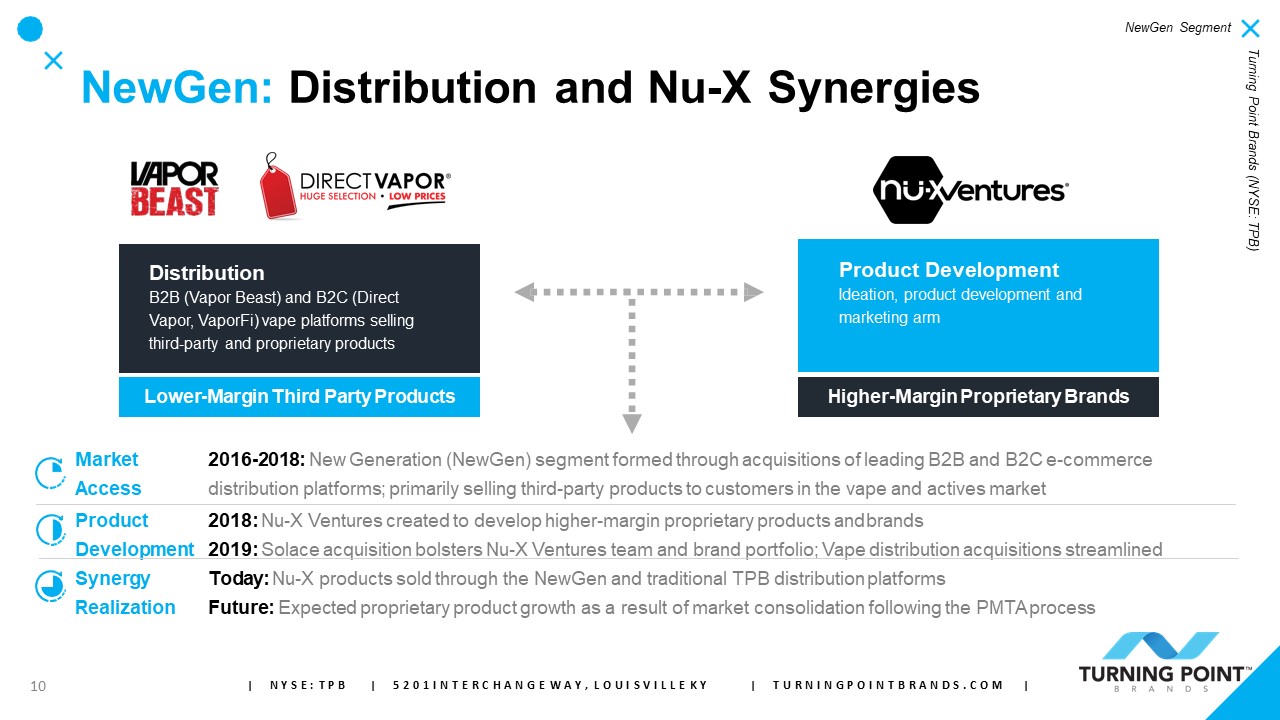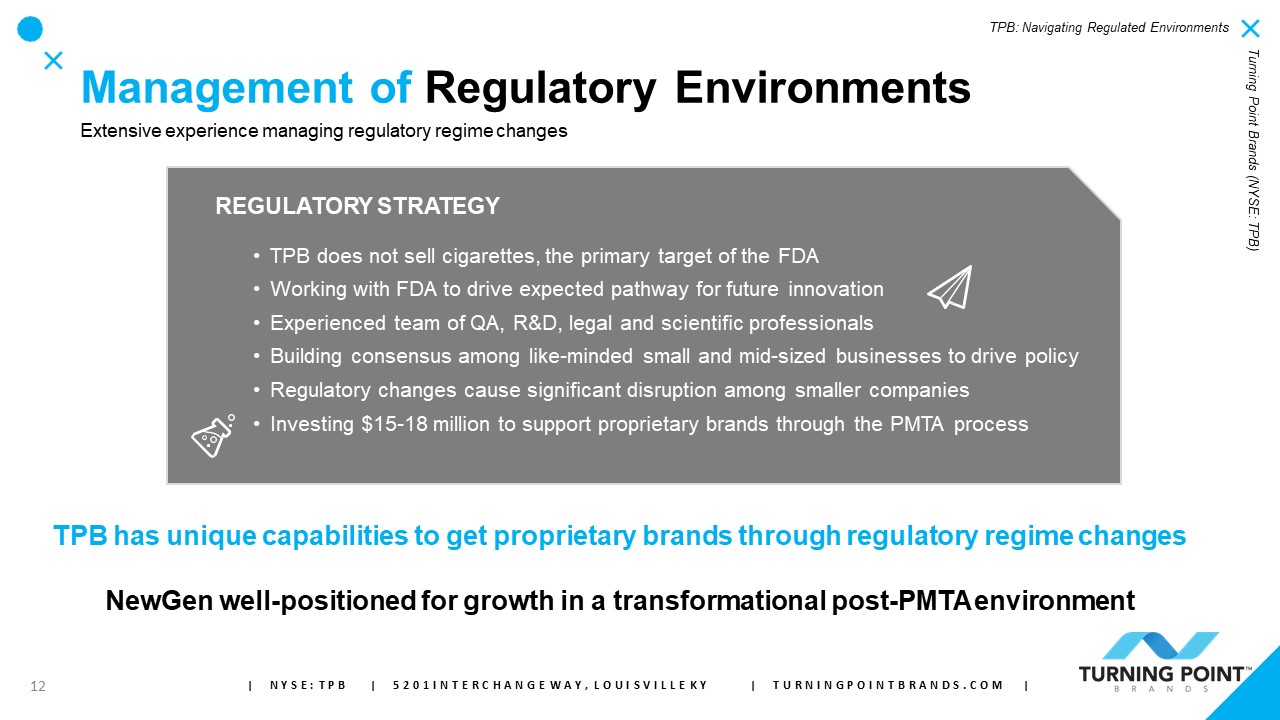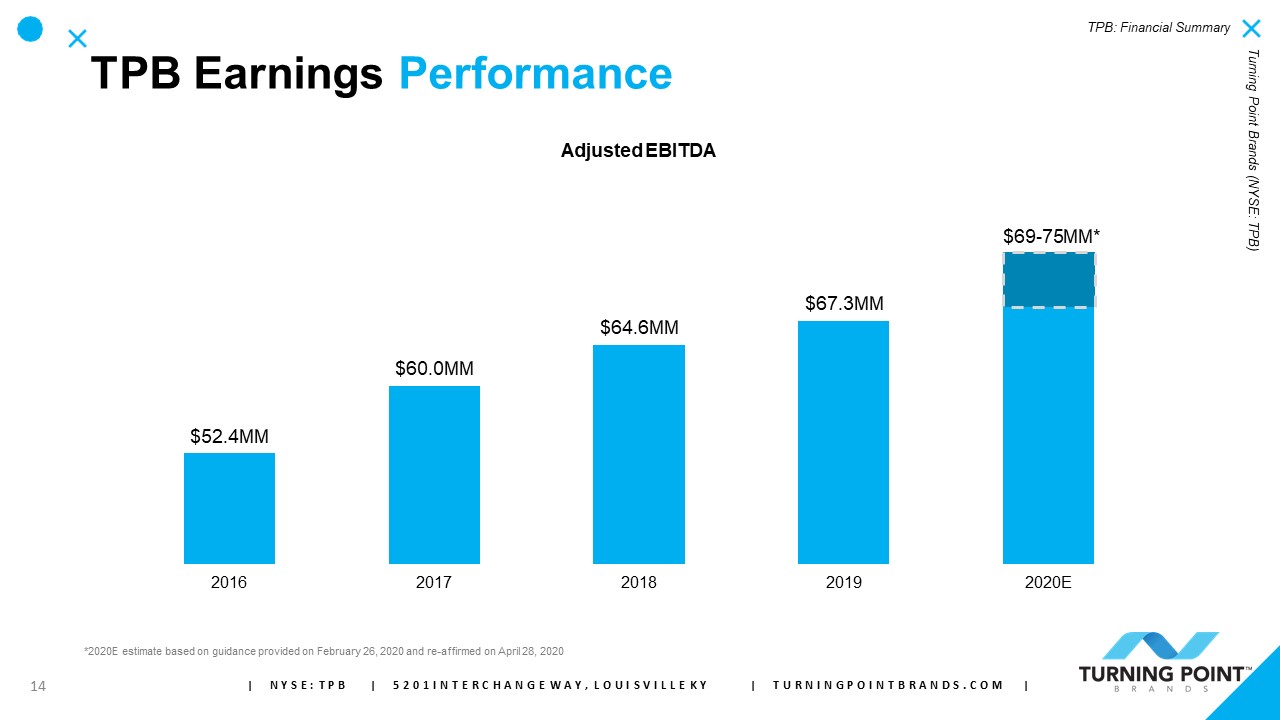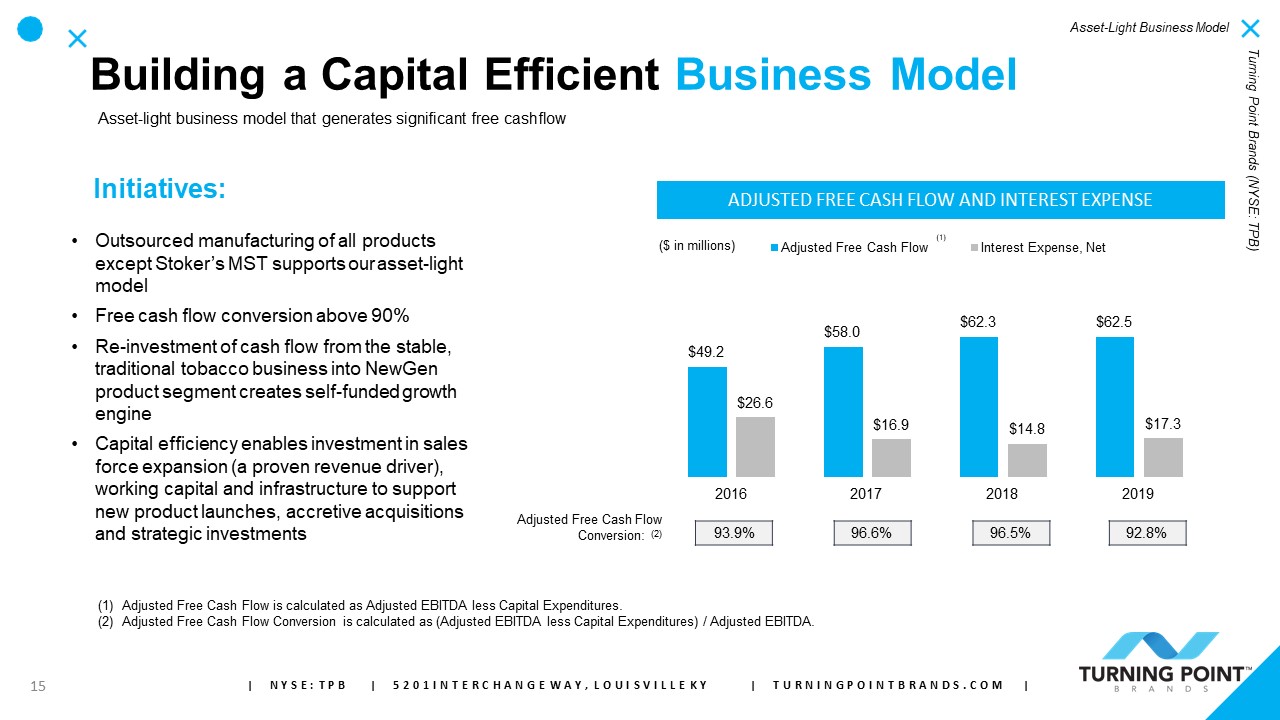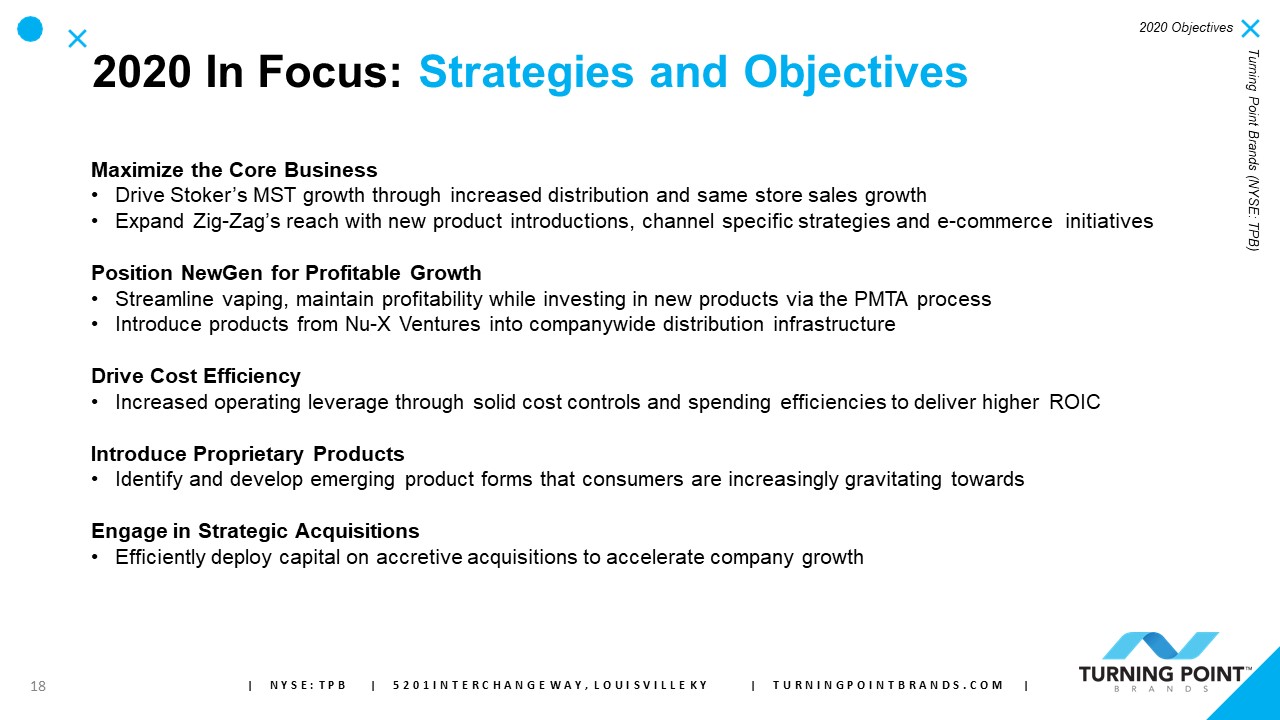DisclaimerFORWARD LOOKING STATEMENTS This presentation contains forward-looking statements within the meaning of the federal securities laws. Forward-looking statements may generally be identified by the use of words such as "anticipate," "believe," "expect," "intend," "plan" and "will" or, in each case, their negative, or other variations or comparable terminology. These forward-looking statements include all matters that are not historical facts. By their nature, forward-looking statements involve risks and uncertainties because they relate to events and depend on circumstances that may or may not occur in the future. As a result, actual events may differ materially from those expressed in or suggested by the forward-looking statements. Factors that could cause these differences include, but are not limited to, the factors set forth in “Risk Factors” included in TPB’s annual report on Form 10-K and other reports filed with the Securities and Exchange Commission from time to time. Any forward-looking statement made by TPB in this presentation speaks only as of the date hereof. New risks and uncertainties come up from time to time, and it is impossible for TPB to predict these events or how they may affect it. TPB has no obligation, and does not intend, to update any forward-looking statements after the date hereof, except as required by federal securities laws.This presentation includes industry and market data derived from internal analyses based upon publicly available data or proprietary research and analysis, surveys or studies conducted by third parties and industry and general publications, including those by the Management Science Associates, Inc. (“MSAi”) and Nielsen Holdings, N.V. (“Nielsen”). Third-party industry and general publications, research, surveys and studies generally state that the information contained therein has been obtained from sources believed to be reliable. Although there can be no assurance as to the accuracy or completeness of the included information, we believe that this information is reliable. While we believe our internal analyses are reliable, they have not been verified by any independent sources. Any such data and analysis involve risks and uncertainties and are subject to change based on various factors, including those set forth in “Risk Factors” included in TPB’s annual report on Form 10-K and other reports filed with the Securities and Exchange Commission from time to time.NON-GAAP RECONCILIATIONThis presentation includes certain non-U.S. generally accepted accounting principles (“GAAP") financial measures, including EBITDA, Adjusted EBITDA and Net Debt. Such non-GAAP financial measures are not in accordance with, or an alternative to, financial measures prepared in accordance with GAAP. Please refer to the Appendix of this presentation for a reconciliation of EBITDA and Adjusted EBITDA to net income and Net Debt to Debt. To supplement our financial information presented in accordance with generally accepted accounting principles in the United States, or U.S. GAAP, we use non-U.S. GAAP financial measures, including EBITDA, Adjusted EBITDA and Net Debt. We believe EBITDA and Adjusted EBITDA provide useful information to management and investors regarding certain financial and business trends relating to financial condition and results of operations. Adjusted EBITDA and Net Debt are used by management to compare performance to that of prior periods for trend analyses and planning purposes and is presented to our board of directors. We believe that EBITDA and Adjusted EBITDA are appropriate measures of operating performance because they eliminate the impact of expenses that do not relate to business performance.Non-U.S. GAAP measures should not be considered a substitute for, or superior to, financial measures calculated in accordance with U.S. GAAP. EBITDA and Adjusted EBITDA exclude significant expenses that are required by U.S. GAAP to be recorded in our financial statements and is subject to inherent limitations. In addition, other companies in our industry may calculate these non-U.S. GAAP measure differently than we do or may not calculate it at all, limiting its usefulness as a comparative measure.2

